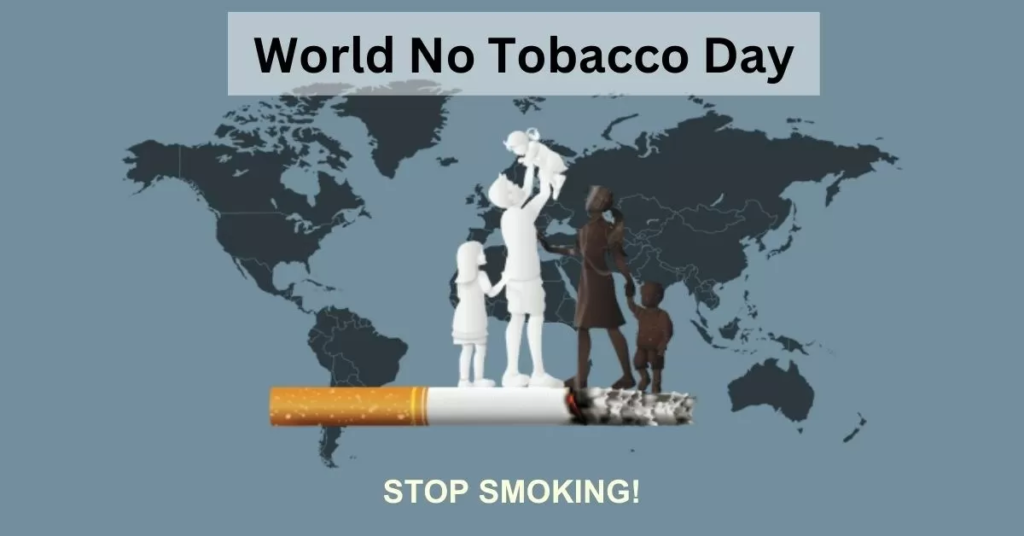
Table of Contents
- Introduction: A Modern Dilemma
- Understanding the Basics: What is Smoking? What is Vaping?
- The Rise of Vaping: A Trend or a Trap?
- What’s in That Puff? Comparing Ingredients
- Health Risks of Smoking: A Proven Danger
- Health Risks of Vaping: The Fog We’re Still Unraveling
- Vaping vs. Smoking: A Misleading Safety Narrative
- Youth and Addiction: A New Generation at Risk
- What Science and Health Experts Are Saying
- Should Vaping Be a Quit-Smoking Tool?
- Final Verdict: Is Either Truly Safe?
- Conclusion: Inhale the Truth, Exhale the Lies
1. Introduction: A Modern Dilemma
As cigarettes fall from favor, vapes rise from the ashes, marketed as the cleaner, cooler alternative. But in this smoke-and-mirror era, one pressing question lingers: Is vaping really safer than smoking—or just another trap wearing a slick disguise?
2. Understanding the Basics: What is Smoking? What is Vaping?
Smoking involves burning tobacco, creating smoke inhaled directly into the lungs. It’s the traditional form of nicotine intake with decades of health warnings attached.
Vaping, on the other hand, heats a liquid (usually containing nicotine, flavorings, and other chemicals) into an aerosol or “vapor.” It’s often pitched as “smoke-free,” but the absence of smoke doesn’t mean the absence of risk.
3. The Rise of Vaping: A Trend or a Trap?
E-cigarettes hit the market as a quit aid but evolved into a billion-dollar youth-driven culture. Sleek designs, candy flavors, and viral marketing turned vaping into a lifestyle statement.
From influencers to music videos, vaping found its way into the mainstream—not just as a tool for smokers, but as a gateway habit for teens and young adults.
4. What’s in That Puff? Comparing Ingredients
| Component | Cigarettes | E-Cigarettes (Vapes) |
| Nicotine | Yes (high dose) | Yes (variable doses, sometimes higher) |
| Tar | Yes (main cause of lung disease) | No |
| Carbon Monoxide | Yes | No |
| Carcinogens | 70+ known | Unknown quantity (some present) |
| Flavorings | Rare | Common, often untested for inhalation |
| Heavy Metals | From tobacco and paper | From coil elements (nickel, lead, tin) |
While e-cigarettes lack tar and smoke, they introduce new substances whose long-term effects are still under investigation.
5. Health Risks of Smoking: A Proven Danger
- Causes lung cancer, heart disease, stroke, COPD
- Linked to over 8 million deaths annually worldwide
- Impacts nearly every organ in the body
- Raises risks of infertility, diabetes, and weakened immunity
Smoking is a clear, well-documented health hazard. There’s no ambiguity—it kills.
6. Health Risks of Vaping: The Fog We’re Still Unraveling
Vaping is newer, so long-term studies are ongoing. But here’s what we already know:
- Can cause lung inflammation and “vape lung” injuries
- Associated with nicotine addiction (sometimes stronger than cigarettes)
- May affect brain development in youth
- Risks of chemical exposure from e-liquids and device materials
While vaping might avoid some of the toxins in smoke, it replaces them with others we barely understand.
7. Vaping vs. Smoking: A Misleading Safety Narrative
Let’s be clear: “Less harmful” does not mean safe.
Vaping is often painted as the healthier option, but the reality is more nuanced:
- It may expose users to fewer carcinogens, but
- It also prolongs nicotine dependence
- It introduces new, unregulated chemicals
- And it’s leading to dual use, where people vape and smoke together
Trading one danger for another is not true harm reduction—it’s harm substitution.
8. Youth and Addiction: A New Generation at Risk
Teen vaping is skyrocketing:
- Sweet flavors and peer influence drive experimentation
- One vape pod = the nicotine of 20 cigarettes
- Early exposure = higher chance of lifelong addiction
The scariest part? Many teens who vape never smoked before—meaning vaping is creating a new population of nicotine addicts.
9. What Science and Health Experts Are Saying
- WHO: “E-cigarettes are not safe and should be regulated”
- CDC: Warns against youth and non-smokers using vapes
- American Heart Association: Urges more research and tighter laws
- Harvard Public Health: Notes links to respiratory and cardiovascular issues
Consensus: Vaping is not a healthy alternative, especially for non-smokers and youth.
10. Should Vaping Be a Quit-Smoking Tool?
Some smokers have used vaping to transition off cigarettes—but results are mixed.
What works best?
- Combining NRT (patch, gum) with counseling
- Structured quit programs
- Mindfulness-based therapies
While vaping might help in the short term for some, it’s not the gold standard for quitting—and it often trades one addiction for another.
11. Final Verdict: Is Either Truly Safe?
Let’s not romanticize vaping, and let’s not normalize smoking. The answer isn’t choosing between the two—it’s choosing neither.
- Smoking is proven to kill.
- Vaping is unproven but far from safe.
- Quitting both is the only path to full recovery.
12. Conclusion: Inhale the Truth, Exhale the Lies
It’s easy to fall for the promise of a “healthier puff.” But behind the vapor and branding lies a familiar enemy: addiction.
You deserve more than a rebranded poison. Whether you’re a smoker trying to quit, or a young person facing peer pressure, remember: the smartest choice is no smoke, no vapor—just clean air and control over your own life.

